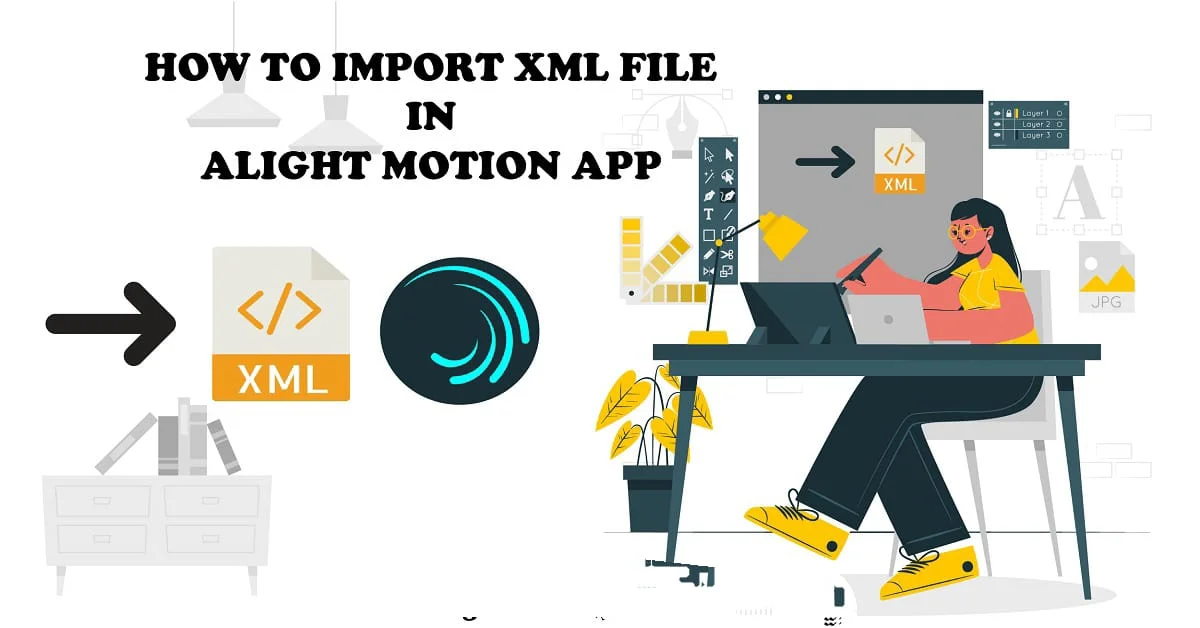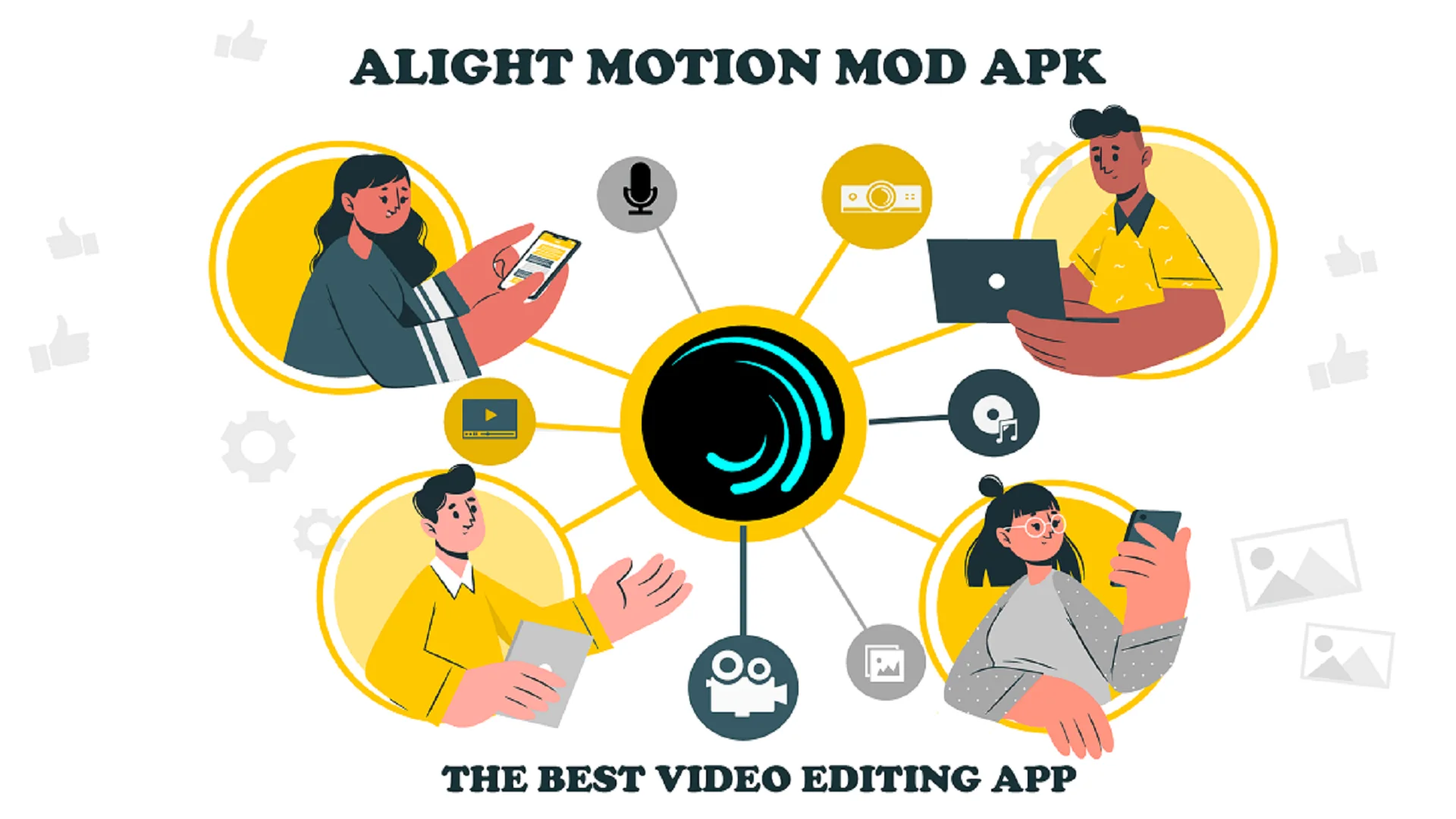Your cart is currently empty!

What Are Wireless Emergency Alerts (WEA), 4 Top Types, and How to Get Them-2025
In times of crisis like the recent California Wildfires, receiving timely and accurate information can make the difference between safety and disaster. Wireless Emergency Alerts play a critical role in ensuring that people receive life-saving messages during emergencies. These alerts are short, attention-grabbing, to-the-point messages sent directly to your mobile phone to inform you of…
In times of crisis like the recent California Wildfires, receiving timely and accurate information can make the difference between safety and disaster. Wireless Emergency Alerts play a critical role in ensuring that people receive life-saving messages during emergencies. These alerts are short, attention-grabbing, to-the-point messages sent directly to your mobile phone to inform you of urgent situations in your area.
In this article, we’ll explore what WEAs are, how they work, and how you can ensure you’re set up to receive them.
Table of Contents
What Are Wireless Emergency Alerts (WEA)?
Wireless Emergency Alerts are public safety messages sent by authorized government agencies to warn the public about emergencies in their area. These alerts are part of the Federal Emergency Management Agency’s (FEMA) Integrated Public Alert and Warning System (IPAWS).
Key Features of WEAs
- Short and Direct: Alerts are limited to 360 characters, ensuring they convey critical information quickly and clearly.
- Location-Based: Alerts are sent to mobile devices in a specific geographic area affected by the emergency.
- No Need for an App: Alerts are delivered to your phone automatically without requiring an app download.
- No Cost: Receiving these alerts is free, as the cost is covered by wireless carriers.
Types of Alerts You Might Receive
- Imminent Threats:
Alerts about severe weather, fires, hazardous materials spills, or other emergencies posing immediate danger. - AMBER Alerts:
Notifications about child abductions, providing details to help locate the missing child. - Presidential Alerts:
Alerts issued by the President of the United States for national emergencies. - Public Safety Alerts:
Messages that may not pose an immediate threat but provide critical information, such as water contamination advisories.
How Do WEAs Work?
- Alert Initiation:
Authorized agencies like the National Weather Service, local emergency management offices, or law enforcement initiate the alerts. - Message Transmission:
The alert is sent to participating wireless carriers through FEMA’s IPAWS system. - Broadcast to Phones:
Carriers send the alert to all compatible phones within the targeted geographic area. - Device Notification:
Your phone emits a loud sound and vibration, distinct from regular notifications, to grab your attention.
How to Ensure You Receive WEAs

1. Check Your Phone Compatibility
Most modern smartphones are WEA-capable. If you have a smartphone purchased within the last few years, it likely supports these alerts. To confirm:
- iPhone Users: Alerts are enabled by default.
- Android Users: Check your notification settings for “Emergency Alerts” or “Public Safety Messages.”
2. Enable Alerts
- iOS Devices:
- Go to Settings > Notifications.
- Scroll to the bottom and toggle on “Emergency Alerts” and “AMBER Alerts.”
- Android Devices:
- Open Settings > Safety & Emergency or Emergency Alerts.
- Enable the alerts you wish to receive.
3. Update Your Software
Ensure your phone’s software is up-to-date, as older versions may not support the latest Alerts features.
4. Stay Within Coverage Areas
WEAs are location-based, so you’ll only receive alerts if you are in the affected area. Ensure you have a reliable mobile signal to receive messages.
Why You Should Never Ignore WEAs
These alerts are designed to save lives. Ignoring or disabling these alerts can put you and others at risk. They provide essential details, such as:
- The nature of the emergency (e.g., tornado, wildfire).
- Specific actions you should take (e.g., “Evacuate immediately,” “Seek shelter now”).
- Updates about ongoing threats or emergencies.
Limitations of WEAs
While WEAs are incredibly effective, they do have some limitations:
- Character Limit: With only 360 characters, the alerts provide concise but sometimes insufficient detail. Additional information is often available through other channels.
- Device Support: Older phones may not support these alerts.
- Geographic Precision: Alerts are targeted to affected areas, but occasionally, people outside the impacted zone might receive them.
Staying Prepared Beyond WEAs
While WEAs are an invaluable tool, they should not be your only source of emergency information. Consider these additional steps:
- Sign Up for Local Alerts: Many cities and counties offer additional alert systems via text, email, or phone calls.
- Download Weather Apps: Apps like the National Weather Service app provide detailed forecasts and alerts.
- Monitor Social Media: Follow local emergency management agencies and news outlets for real-time updates.
The Future of WEAs
As technology evolves, so do Wireless Emergency Alerts. Recent updates to the system include enhanced geotargeting to ensure only those in danger receive alerts. There is also ongoing research into integrating Alerts with 5G networks to improve delivery speed and accuracy.
Need of the Moment
Wireless Emergency Alerts are a critical lifeline during emergencies, offering immediate, actionable information directly to your mobile phone. By ensuring your device is set up to receive these alerts, you can stay informed and take the necessary steps to protect yourself and your loved ones.
In a world where disasters can strike with little warning, these are a powerful reminder of how technology can be harnessed to save lives. Don’t wait for the next emergency—check your settings today and make sure you’re ready to receive these vital alerts.
Interesting read: How to Use the Watch Duty App During California Wildfires 2025
FAQs
What are Wireless Emergency Alerts (WEA)?
Wireless Emergency Alerts (WEA) are short, emergency messages sent directly to mobile devices in a specific area to warn about life-threatening situations, missing persons, or other critical public safety information. They are part of the Federal Emergency Management Agency’s (FEMA) Integrated Public Alert and Warning System (IPAWS).
What types of alerts are sent via WEA?
There are four main types of WEAs:
Imminent Threat Alerts: For emergencies like severe weather, wildfires, or hazardous material spills.
AMBER Alerts: For child abductions with specific details to help locate the child.
Public Safety Alerts: For general public safety issues like water contamination or road closures.
Presidential Alerts: For national emergencies issued by the President.
Do I need an app to receive WEAs?
No, you do not need to download any app to receive WEAs. These alerts are automatically sent to WEA-capable devices in the affected area.
Are WEAs free?
Yes, receiving WEAs is free of charge. There are no fees for users, as the service is provided by wireless carriers in collaboration with government agencies.
How can I check if my phone is WEA-capable?
Most modern smartphones are WEA-capable. To confirm:
iPhone Users: WEAs are enabled by default on iPhones running iOS 6 or later.
Android Users: Check your device’s settings under “Emergency Alerts” or “Public Safety Notifications.”
How do I enable or disable WEAs?
On iPhone: Go to Settings > Notifications.
Scroll to the bottom and toggle on/off “Emergency Alerts” and “AMBER Alerts.” Presidential Alerts cannot be disabled.
On Android: Go to Settings > Safety & Emergency or Emergency Alerts.
Adjust the settings for specific types of alerts.
Are WEAs available in all areas?
Yes, WEAs are available nationwide in the United States. However, the ability to receive them depends on:
Your proximity to the affected area.
Whether your wireless carrier participates in the WEA program.
Whether your device is WEA-capable.
Can I receive WEAs while traveling abroad?
No, WEAs are specific to the United States and its territories. However, other countries may have similar systems for emergency alerts.
Can I receive WEAs on non-smartphones?
Older feature phones that support WEA technology can receive alerts. However, most WEAs are optimized for smartphones.


